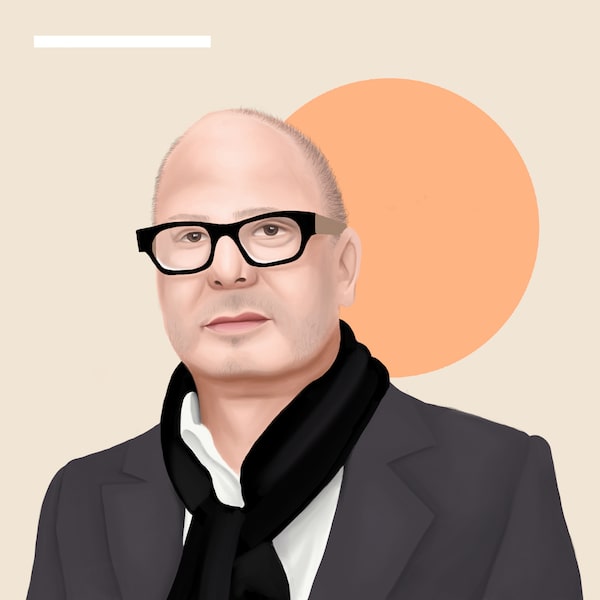
The Globe and Mail spoke with Reed Krakoff about sustainability, purchasing power and his M.O. of taking the formality out of luxury.Alexis Eke/The Globe and Mail
If you bought into the Coach handbag craze of the early 2000s, you have Reed Krakoff to thank. In 2017, after 16 years as the creative director behind the booming brand, he was named chief artistic director at Tiffany & Co., where he’s imbuing the heritage American jeweller with a contemporary appeal. Set to merge with French luxury goods conglomerate LVMH early next year, Tiffany & Co. is also in the midst of renovating its iconic Fifth Avenue flagship, a first since it opened its doors in 1940. The Globe and Mail spoke with Krakoff about sustainability, purchasing power and his M.O. of taking the formality out of luxury.
Sustainability is top of mind in the fashion industry right now. What does that word mean at Tiffany?
Tiffany has a long history of being a global citizen. The truth is that the last CEO, Mike Kowalski, he didn’t believe really in marketing that story. He thought it was disingenuous to say, “Basically, you should buy more of our things because we do the right thing, because we have total transparency in diamond mining, because we don’t buy or do business in parts of the world where there are human-rights violations.” We’re just beginning to tell that story.
What you’re making isn’t the kind of thing that people will wear a few times and then get rid of.
People look at it differently from fashion. They buy jewellery to have for a lifetime. What’s amazing is, in terms of the investment, you can wear something literally thousands of times. A pair of shoes or some piece of ready-to-wear, even handbags, they’re things that come and go in your life.
It’s nice to see people enjoying their things.
These aren’t meant to be put on a shelf or put away and brought out only for special occasions. The idea of this effortless way of wearing jewellery, of embracing luxury is very much an American take on luxury. And that’s something that really rings true for me and the design work I’ve worked on before Tiffany.
Tiffany T1 bangles and ring. 'People are looking much less to be told how to wear something than they were 20 years ago,’ Reed Krakoff says.T|Tiffany & Co. Studio/Handout
How has the luxury customer evolved of late?
People are looking much less to be told how to wear something than they were 20 years ago where it was, this is the right way, this is the wrong way, don’t wear pearls with this, don’t wear diamond studs with that. Today, people really want to make it part of their style, they want to curate their wardrobe, they want to make the choices that give them a particular point of view that makes them unique.
We’ve also watched Tiffany evolve quite a bit over the past couple of years, especially from a marketing standpoint. Where are things headed next?
One of the main goals was to separate luxury from formality, which was sort of always linked when in fact one has nothing to do with the other. If you think of luxury today across fashion and luxury, different categories, it’s quite informal with people wearing limited-edition sneakers and carrying a $10,000 handbag. Maybe they’re wearing jeans and then they have a $5,000 down jacket on. It’s very personal.
How have your objectives shifted?
The opportunity really early on was to get people’s attention. Now, we have a lot of new product coming. It’s a little more about design and new collections and a little less about getting people’s attention. We have lots of new collections, we’ve got into the men’s business again, the home and accessories business, we launched a new engagement setting, T True, T1. We have quite a few new collections on the way so it’s a little more about the design itself.
And how have the designs evolved since you joined?
I’m much more interested in this kind of luxurious refinement. When I got here, it was a bit old fashioned, but very appealing. And then a lot of people thought, well it needs to be much more contemporary. But that didn’t feel genuine and it didn’t feel unique to Tiffany. It took a few years to get to the point now where it’s something other than those two. T1 is a really good example of where we’re going. It’s sexier, it’s really luxurious but not stuffy but not too playful. This is one of those things you have to kind of evolve to.
Sign up for the weekly Style newsletter, your guide to fashion, beauty and design, and follow us on Instagram @globestyle.